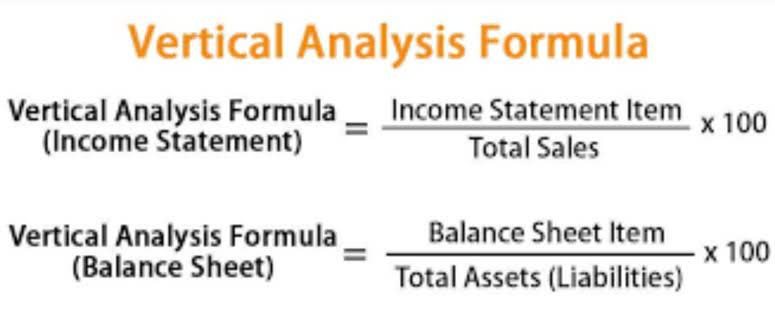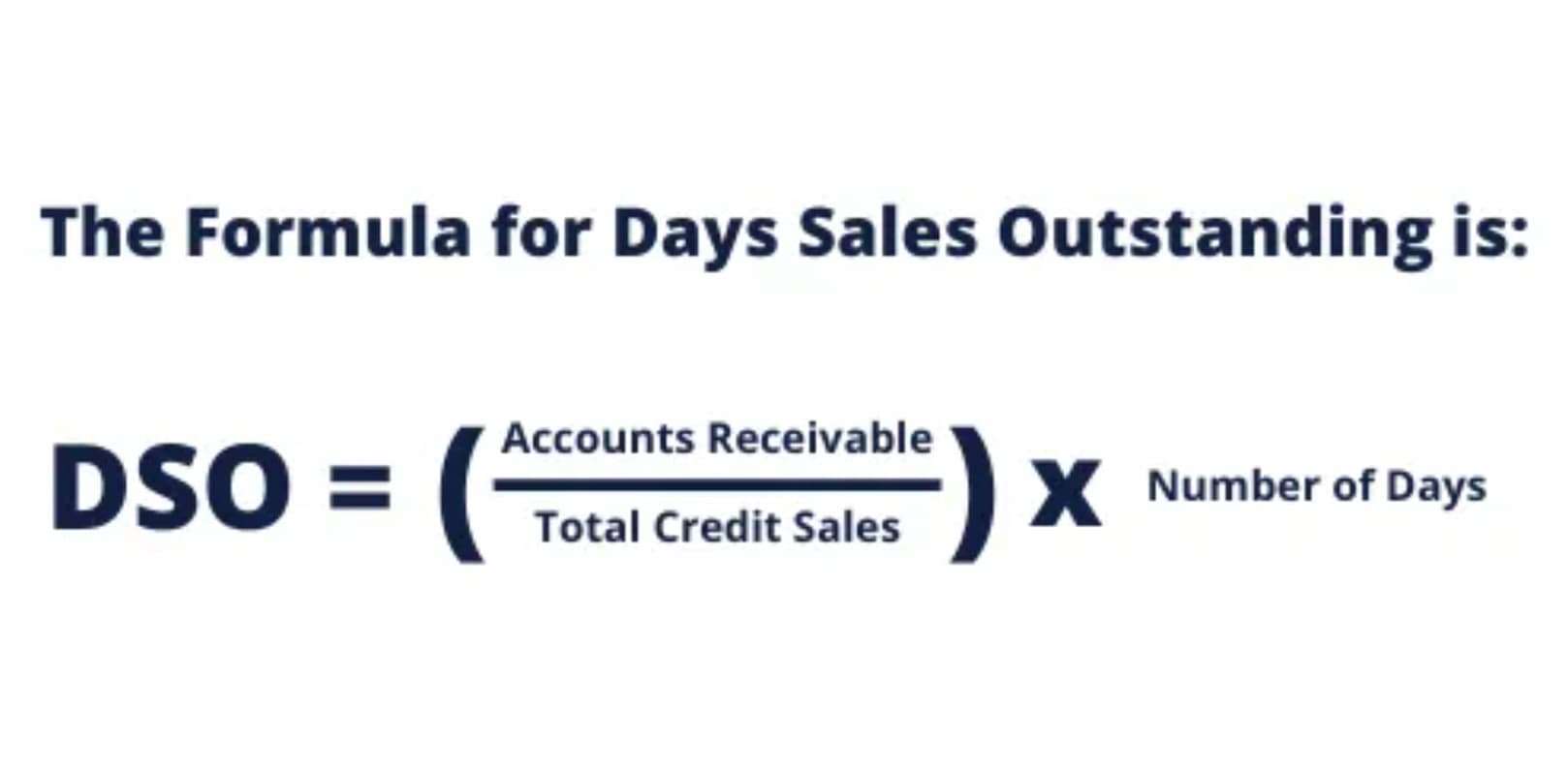- اتو لوله سبز
- اره پروفیل بر
- اره عمودبر (اره چکشی)
- اره فارسی بر
- اره گرد (اره دیسکی)
- اره مویی
- اره میزی
- اره نواری (گوشت بری)
- اره همه کاره (افقی بر)
- ابزار چندکاره
- بالابر برقی
- بتن ساب و موزایک ساب
- بکس برقی
- پیچگوشتی برقی
- پیستوله برقی
- بیسکویت زن
- چکش تخریب
- دمنده/مکنده (بلوور)
- دریل بتن کن
- دریل ساده (سرکج)
- دریل ستونی
- دریل ضربه ای/چکشی
- دریل مغناطیسی (مگنتی)
- دریل نمونه بردار (کرگیر)
- دستگاه جوش
- رنده و فرز نجاری
- سنباده برقی
- سشوار صنعتی
- سنگ دوطرفه (چرخ سنباده)
- سنگ و پولیش
- شیارزن و مرمربر
- فرز مینیاتوری
- فرز انگشتی
- میخکوب و منگنه کوب
- مینی سنگ
What is Trade Discount? Treatment of Trade Discounts
Trade discounts are also based on customer loyalty and vendor relationships over time. Moreover, trade discounts impact the balance sheet by altering the value of inventory. When goods are purchased at a discounted rate, the inventory is recorded at this lower cost, reflecting a more accurate valuation of assets. This adjustment can lead to a healthier balance sheet, as lower inventory costs can improve the current ratio, a key indicator of a company’s short-term financial health.
Understanding Trade Discounts: Types, Calculations, and Financial Impact
- Trade discount is a reduction allowed on a product as a reduction to the retail price.
- This is done due to business consideration such as trade practices, large quantity orders, etc.
- Let’s assume that 100 keyboards are sold for the list price of 300 each with a trade discount of 10%.
- Trade discounts are a pivotal element in B2B transactions, influencing purchasing behavior, fostering strong business relationships, and shaping financial strategies.
- For example, a clothing manufacturer offers a 15% discount on winter apparel during the summer months.
- Efficient inventory management, facilitated by trade discounts, ensures that products move swiftly through the supply chain, reducing bottlenecks and enhancing overall operational efficiency.
Additionally, reduced inventory costs can free up capital, allowing businesses to invest in other areas such as research and development, marketing, or expansion initiatives. Businesses often use specialized software to manage and calculate trade discounts efficiently. Tools like QuickBooks and SAP ERP systems can automate these calculations, ensuring accuracy and saving time. These platforms can handle complex discount structures, track historical discount data, and integrate with other financial systems to provide a comprehensive view of a company’s financial a trade discount is a reduction from the list price, which is used to health.
How Jeffrey Used Retention Strategies to Pass His CPA Exams
The process typically involves determining the discount rate and applying it to the list price of the goods. For instance, if a supplier offers a 15% trade discount on an item listed at $100, the discount amount would be $15, resulting in a net price of $85. This straightforward calculation allows businesses to quickly evaluate the financial benefits of the discount and make informed purchasing decisions.
Accounting for Trade Discounts
This often involves leveraging volume commitments, long-term contracts, or even early payment terms to persuade suppliers to offer better discounts. For instance, a retailer might negotiate a 5% discount for agreeing to purchase a certain volume of goods over a year, providing the supplier with a guaranteed revenue stream. Trade discounts are more than just financial incentives; they are strategic tools that can significantly influence the dynamics of the supply chain. By offering trade discounts, suppliers can foster stronger relationships with their buyers, encouraging loyalty and repeat business. This mutual benefit creates a more stable and predictable supply chain, where both parties can plan and forecast with greater accuracy.
- This mutual benefit creates a more stable and predictable supply chain, where both parties can plan and forecast with greater accuracy.
- However, a cash discount is also a tool used to achieve the organization’s objectives.
- It encourages buyers, typically wholesale or retail businesses, to purchase more frequently or in larger quantities due to the lower price.
- From the seller point of view, these kinds of discounts are a strategic tool to help stimulate sales volume.
- This increased liquidity can be crucial for maintaining day-to-day operations and meeting short-term obligations.
- Effective negotiation can lead to more favorable terms, benefiting both the buyer and the seller.
Quantity discounts are reductions in price offered to buyers who purchase goods in large volumes. These discounts encourage bulk buying, which can lead to significant cost savings for the purchaser. This type of discount benefits the seller by ensuring a steady flow of large orders, which can help in Catch Up Bookkeeping managing production schedules and reducing inventory holding costs.
📆 Date: Aug 2-3, 2025🕛 Time: 8:30-11:30 AM EST📍 Venue: OnlineInstructor: Dheeraj Vaidya, CFA, FRM
While trade discounts are deducted from the list price to arrive at the net sales price, cash discounts are reductions in the invoice amount if the buyer pays the seller within a specified timeframe. For example, if a product costs $100 and a 10% trade discount is applied, the buyer pays $90. By offering a trade discount, businesses essentially reduce the listed price of goods, incentivizing customers, typically retailers or wholesalers, to buy in bulk quantities. Manufacturers and wholesalers typically produce catalogs for customers and vendors to order products from.
Seasonal Discounts
The cash discount is given What is bookkeeping after the purchase is made and is shown as a discount from the amount due. Yes, both a trade discount and a cash discount can be offered by the seller to the buyer on the same invoice. A trade discount is deducted first and the cash discount is calculated on the net amount after the trade discount. The only journal entry made is for the final net price ($9,500) at which the exchange takes place. The list price ($10,000) and the trade discount ($500) are not separately entered into the accounting records.
By reducing the purchase price of inventory, trade discounts lower the COGS, which in turn can enhance the gross profit margin. This improvement in gross profit can provide a clearer picture of a company’s operational efficiency and profitability, making it an attractive metric for investors and stakeholders. The amount of the trade discount varies depending on who is ordering the products and the quantities they are ordering. For instance, a retailer might only order 100 t-shirts from a manufacturer at a time and receive a 5 percent trade discount. A wholesaler, on the other hand, might order 1,000 t-shirts at a time and could receive a 12 percent discount.









